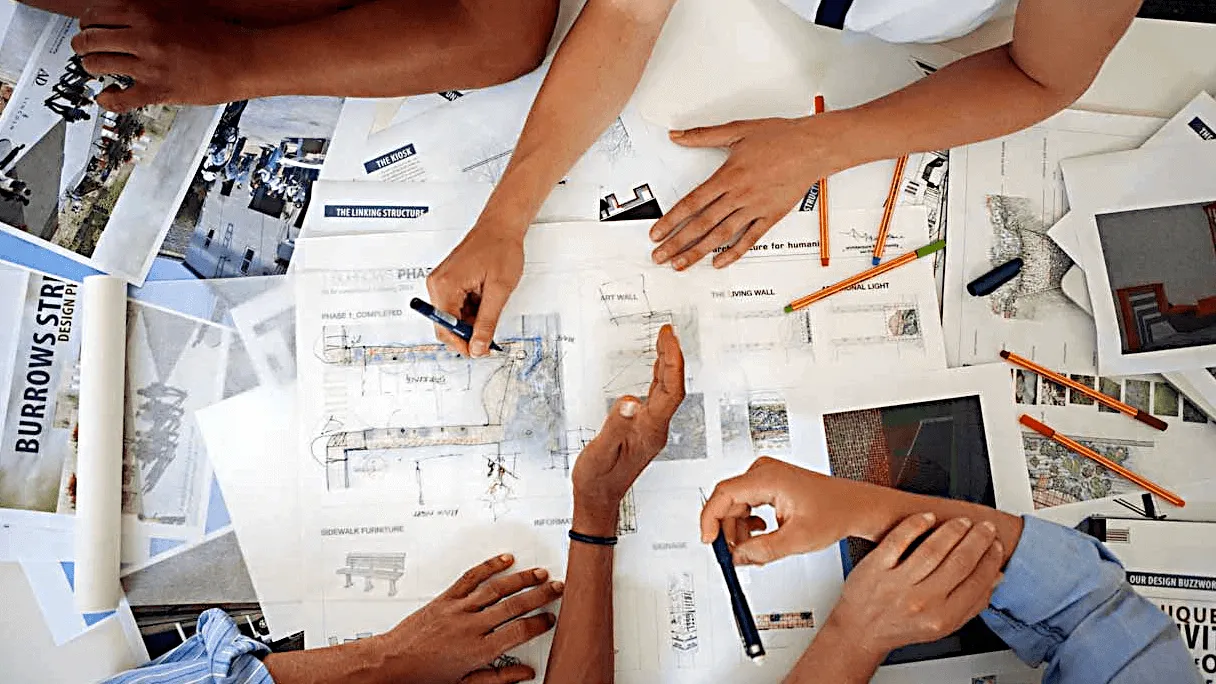Participatory design is a very popular topic if we are to conduct a quick google search, with articles and entries about it that range from UX design to architectural design, to a global view on the role of design in the world as laid out in the article Can Participatory Design Save the World, which talks about community-focused architectural design projects.
Participatory design, as defined by Robert Jungk is “not only about participation at the moment of decision but about participation at the moment of idea generation“. but Sanders and Stappers state that participatory design and co-design is currently more about the positive futures opportunities rather than the the identification and amelioration of adverse consequences. They talk about the concept of the front-end, the area that is prior to the creative phase where the design process starts. They argue that co-creation at an early front-end phase has more positive future outcomes. But they also highlight that participation at the moment of decision is equally important in changing the design process and therefore changing the world.
What I also find interesting about this article is that they contrast the views between restricting co-design to the elite, the designers and the creative people, or to open it up to communities based on the assumption that all people are creative.They also (rightly so) note that participatory design has been an academic endeavour, and not really applied to the production of consumer items and products, which also leads back to the idea of co-design being restricted to the elite creatives and not open to everyone.
This is interesting to look at from Pelle Ehn’s perespective on everyday practices as modes for the production of the world, and in which practice produces artifacts and change in the world, but also knowledge of this changed world. How does that apply to participatory design? This works against the idea of only including the elite in the process of co-creation, and relying on the collective experience of people as means to create products in the world and the knowledge for where and how to use these products.
Going back to the Can Participatory Design Save the World, article, the Open Architecture groups have been involved in revitalizing the urban environment by creating community spaces based on prevalent activities, from skating parks in Nigeria to a native plant garden and a sustainable space in San Francisco, to revitalizing forgotten spaces in Egypt. These initiatives were all results of participatory design processes that involved the communities, not only the creative elites, in the design process from the early stages of requirement gathering and brainstorming (front-end) to the decision making stage.
These initiatives were ot only about looking at the potential positive futures of the urban environments, but were also about avoiding the pitfalls and downsides of potential obstacles, which is a planning strategy that can only come about when community members are involved.

Leave a Reply